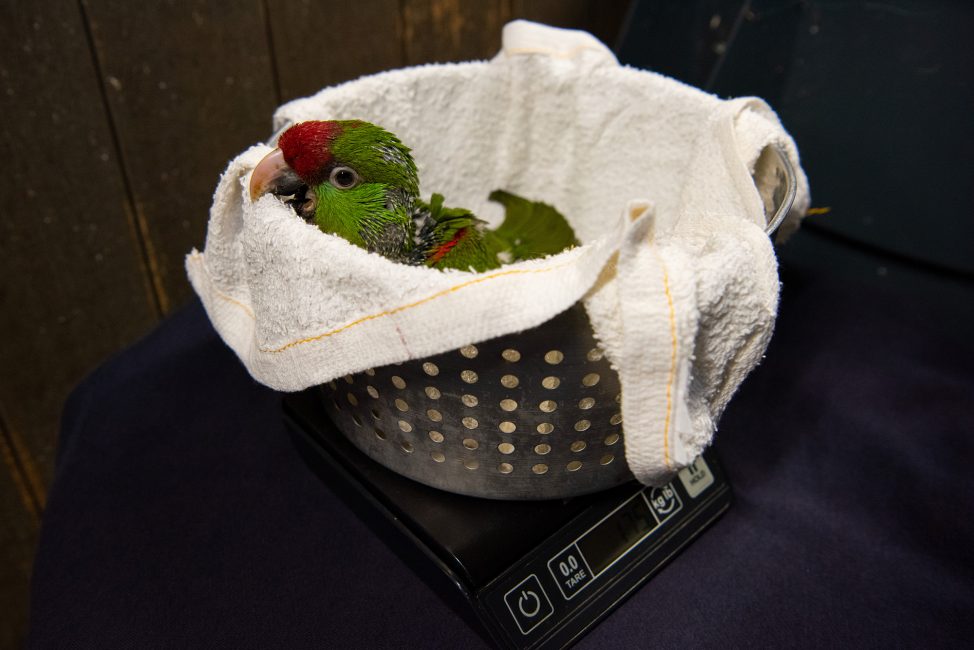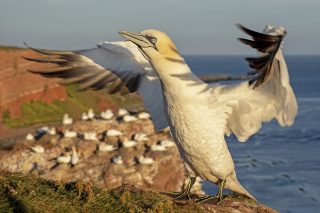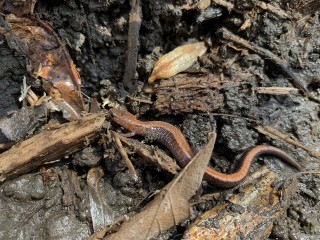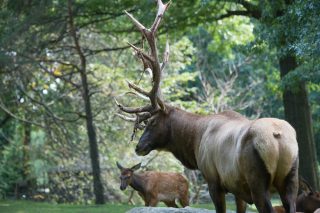
January 6, 2022
Thick-Billed Parrots: Native to North America
- as seen by -
 Dana D. Vasquez
Dana D. Vasquez
The thick-billed parrots’ (Rhynchopsitta pachyrhyncha) loud, boisterous calls can be heard before you even enter the Wildlife Conservation Society’s Queens Zoo. Visitors are welcomed into a sea of evergreens where the parrots have been in residence at the zoo for the last 21 years.
Thick-bills are the only living parrots that are native to North America and are an endangered species according to the IUCN Red List of Threatened Species. Historically, populations of these birds lived throughout the mountainous regions of the southwestern United States and south through northern Mexico. Due to habitat loss, the illegal pet trade, and climate change, these parrots exist only in the Sierra Madre Occidental Mountains in northern Mexico.
Thick-billed parrots are often nicknamed “snow parrots” because of their cold-tolerant adaptations to living in high elevations of snow-covered mountains. One of the ways they have adapted to living in these chilly conditions is by consuming pinon seeds, or pine nuts. This high-fat, high-energy food is one of the parrots’ main food sources. In fact, the thick-bills breeding season follows the peak of pine seed production.
Since 2000, the Queens Zoo has hatched 23 thick-billed parrot chicks that have survived into adulthood. This is quite an accomplishment, as the total zoo population in the United States stands at 72 individuals.
This year, the Queens Zoo was fortunate to have a new breeding pair successfully hatch and rear two chicks that are called ”Potato and Spud”. Their monikers are part of our tradition of naming our birds after vegetables, herbs, and fruits. We were one of only three zoos worldwide to successfully produce chicks this year (one of the juveniles being weighed, above). The chicks can be identified by their white bills which gradually turn black as they mature.
We hope you’ll visit Queens Zoo soon to see Potato and Spud as they learn to navigate flying around their exhibit.
Nikon D5




Leave a Comment